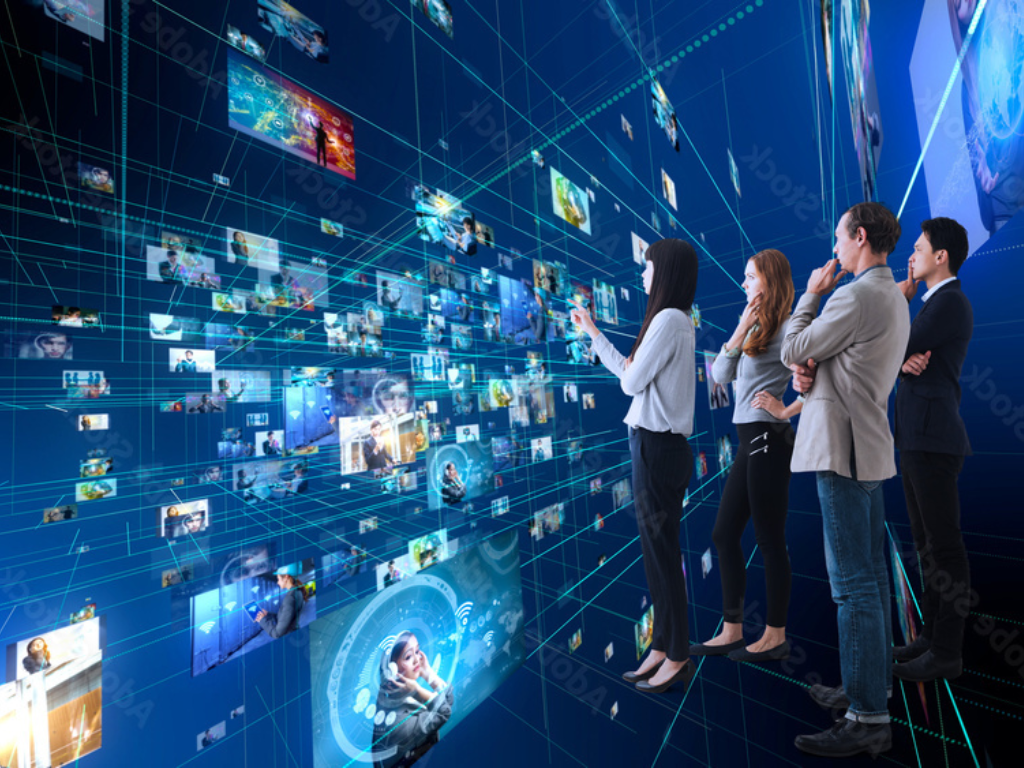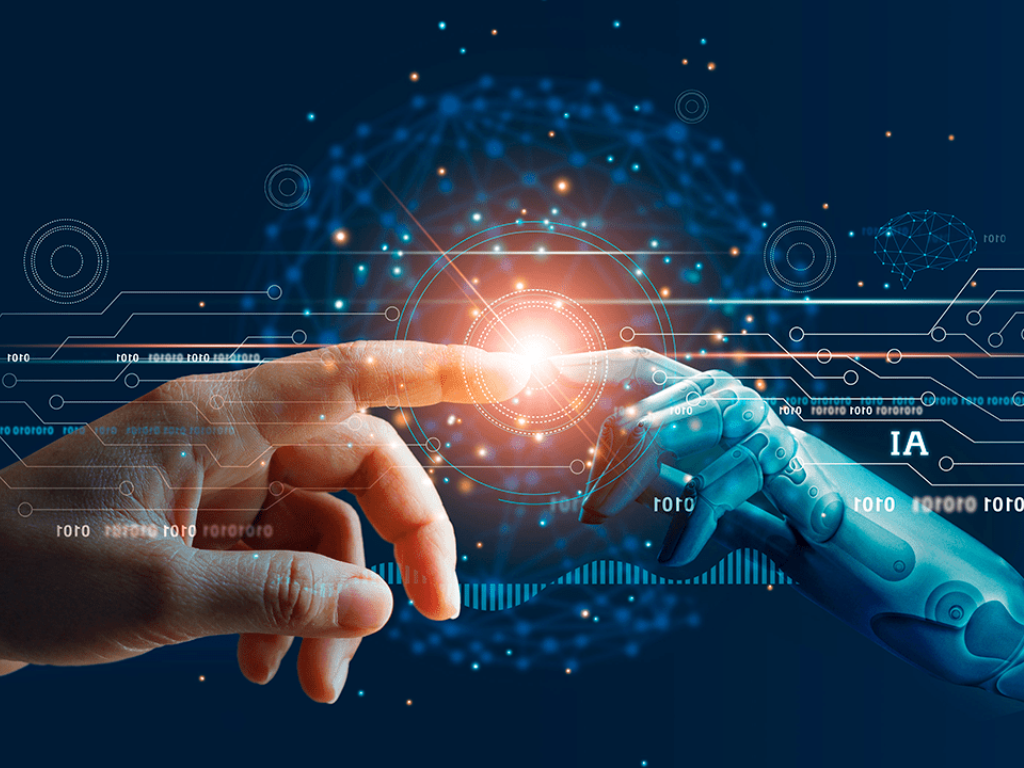The term digital marketing is perhaps one of the most frequently discussed and published terms in recent years. They have certainly discussed this matter a great deal. However, few people understand its scope and its main implementation strategies, despite the fact that they have widely discussed it.

As well, Web 4.0 is a concept worth mentioning. Do you have any knowledge of this issue? As a result, this term represents a significant milestone in the development of the Internet since its inception.
Please read on if you are interested in learning more about Web 4.0. Internet 4.0 offers many possibilities as a result of its exceptional performance.
Table of Contents
There are now thirty years of Internet
In March 2019, the Web celebrated its thirty-year anniversary. In many ways, it has undergone many processes of innovation, which have led to a change in its nature. A number of variables were dealt with earlier in the history of the Internet that are not present today.

Nevertheless, we would like to emphasize that this is the result of a long-term effort. We can also see the evolution of the Internet over the years from the stages of its evolution.
Web 0.0 – the development of the Internet
In 1989, British scientist Tim Berners-Lee created the Internet by reinventing its user functionality.

In fact, the rise of the internet allowed for discussions about user interaction to strengthen the image of the site. Additionally, the concept of buying followers was totally meaningless since it was not even considered by social networks.
Web 1.0 – read-only internet
They made Internet access available to the general public in 1990/91 with the advent of the World Wide Web. In his explanation, Tim Berners-Lee explains that the label reading was perfect since it was not highly interactive. In addition to the user, the content was another major consumer. They limited the publishing of documents and performing transactions for companies.

From 1999 to the present, the internet has grown to over three million websites with an enormous amount of information available.
Because they could only use the internet for reading, a flood of “web browsers” and “search engines” were born. During the early 1990s, there was the “Mosaic” browser, “Netscape Navigator”, “Opera”, “Internet Explorer”, and the “Yahoo” search engine (in 1995), as well as Google (in 1998).
Web 2.0 – social internet to read and write
Since that time, the technological evolution of the internet has become increasingly focused on interpersonal interaction. When Web 1.0 prevailed, people with information already existed; in Web 2.0, people with active connections predominate.
As users become participants and interact, they are no longer content consumers but participants who add value to the content. In this regard, social networking sites provide users with the opportunity to form communities through the sharing of information.
In the context of social networking sites, this principle has led to the emergence of the alternatives referred to as walked social networks. Growing concern over gaining new followers is clear in the specifications of these networks.
In other words, this time we have the first blogging platforms such as “LiveJournal” and “Blogger”. We established Wikipedia in 2001 as an “Encyclopedia of collective sources”.
Web 3.0 – semantic internet to read, write, and execute
The transition from web 2.0 to web 3.0 constituted a technological revolution because it represented a paradigm shift. Along with the ability to consume information and connect, the applications now possess this capability as well.
Thus, it is the combined use of machines and human intelligence to provide better, more relevant, timely, and more accessible information. Several applications are now capable of communicating with each other and performing independent tasks.
As well as interpreting information, applications can offer people analyses they had not considered before. Also, the ability to process information produced by people, as well as the generation of ideas from that information.
Web 4.0 – mobile internet, wireless communication (wireless)
Due to this development, the Internet is no longer confined to a particular location or piece of equipment. In addition, it is also an item commonly found in a pocket or handbag, allowing people to connect via mobile devices and transforming the dynamics of their daily lives.
Throughout the years, digital technology has become increasingly integral to people’s daily lives. This resulted in an effective real-time integration. The quality and depth of both user-generated content and the analyses have now been improved.

They have developed robotics using artificial intelligence, algorithms capable of learning and performing cognitive tasks previously performed by humans alone.
Currently, we are witnessing a technological revolution as the Internet of Things, cloud computing, big data, and algorithms monitor everything we post on the Internet. As well as a wide variety of other technologies that facilitate the search and cross-referencing of information.
